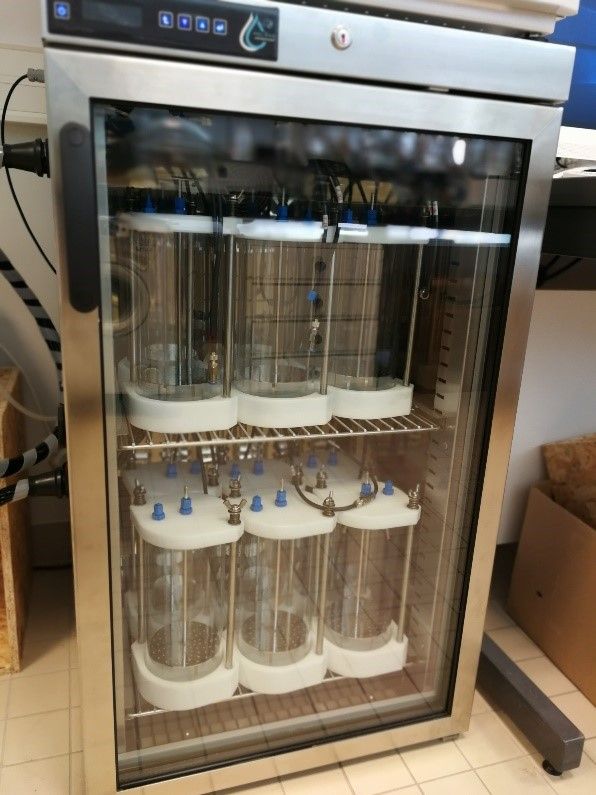Bio-based materials and compostability
Create a subpage- Construction21 Communication
- /
- the 28-05-2019
- / 1880
The SB&WRC project is part of the Programme Interreg VA France (Channel) England and benefits from financial support from the ERDF.
The biobased materials end of life remains poorly known, due to the fact this type of materials has only recently been deployed for construction. However, according a study carried out by the French Agency for Environment and Energy Management, ADEME[1], the arrival of the first bio-based insulations in the end-of-life sectors as of 2020. Regarding recovery streams of materials, manufacturers are looking for simple, practical and economically viable solutions.
In addition to LCA, UniLaSalle's expertise in biodegradability will be used to study composting opportunities for bio-based prototypes of the SB&WRC project. Composting is an existing process on an industrial scale, that represents a solution for sustainable management of agricultural residues. It is one of the fastest ways of biowaste transformation into a kind of humus, a stable material that can return to the soil as an organic amendment, thus completing the cycle of organic matter and bringing a beneficial effect taken into account in the LCA, related to the ecosystem service (biodegradation) rendered by microorganisms which degrade materials.
The compostability of a material is defined by a standard test performed[2] in laboratory (Figure 1), which measures the amount of CO2 produced (mineralisation phase) by microorganisms during the biodegradation process in a compost medium.

Figure 1 : Système de biodégradation
Many research projects are based on the behaviour of different crop[3] residues, such as those studied in the SB&WRC project (wheat, rapeseed and maize straws), and reveal their compostability as well as their agronomic value.

Figure 2 : Etude de compostage des résidus agricoles (Xiu-Lang and al., 2016)
Concerning the prototype 1 obtained from corn marrow and the prototype 3 obtained from wheat straw, we can rely on these bibliographical elements to confirm their compostability and the interest to continue the studies on the development of a composting stream for the end of life of these materials. However, it is important to also verify that the implementation process that has been chosen for the material has no effect on its biodegradation. Research recently carried out at UniLaSalle shows that the thermocompression process, when the material directly returns to the soil, does not impact the biodegradation of the material obtained[4].
This type of approach would make it possible, for this material, to close the carbon cycle of the materials, in a circular economy approach, by the degradation of the carbon sources contained in agricultural resources or by-products. By including a deconstruction and an adapted sorting, this approach, already used for some products such as packaging labelled OK compost[5], although still experimental in the building sector, could open new perspectives.